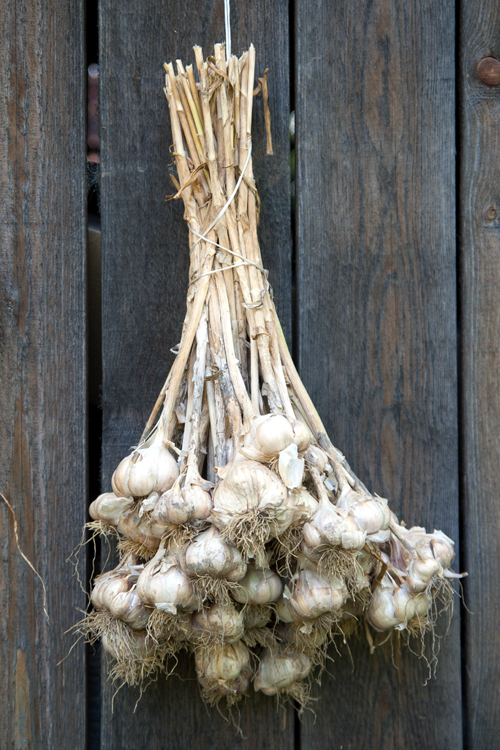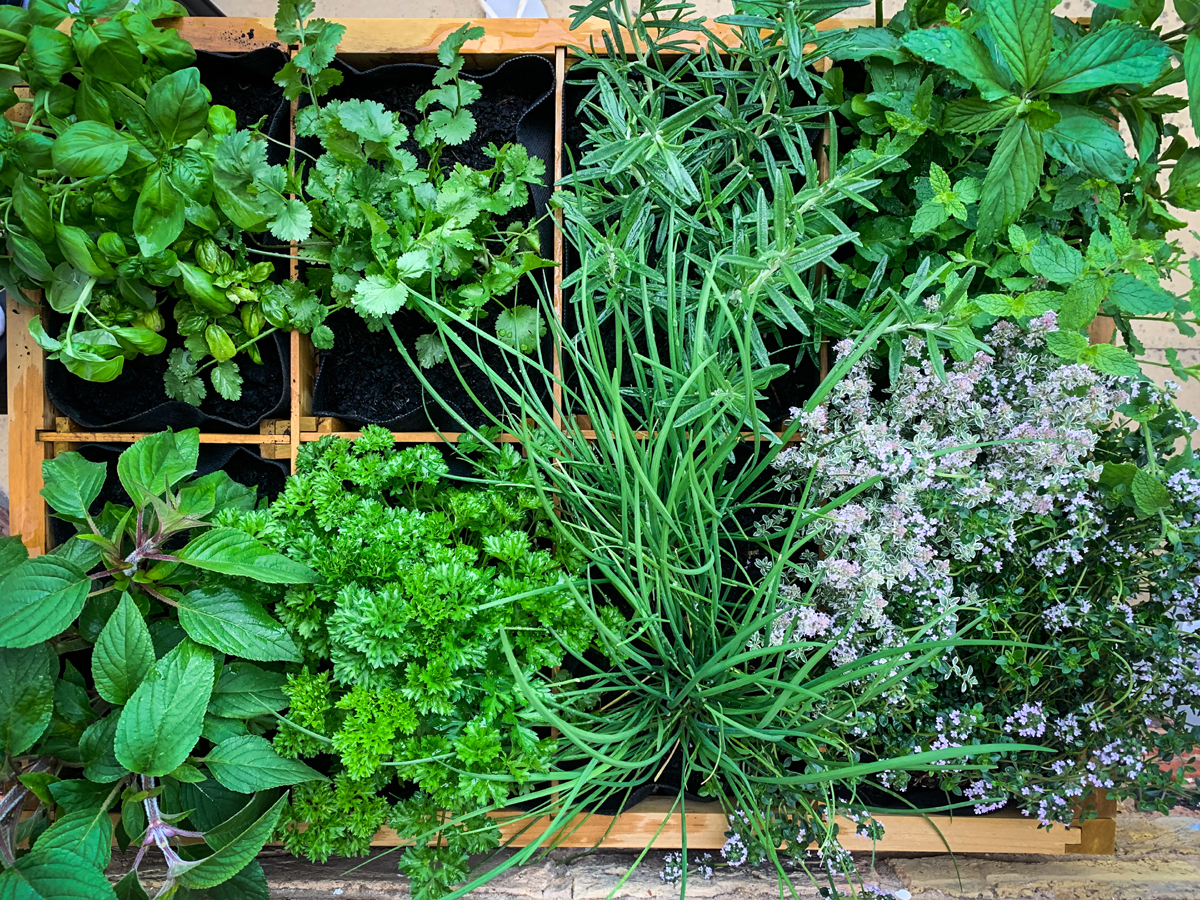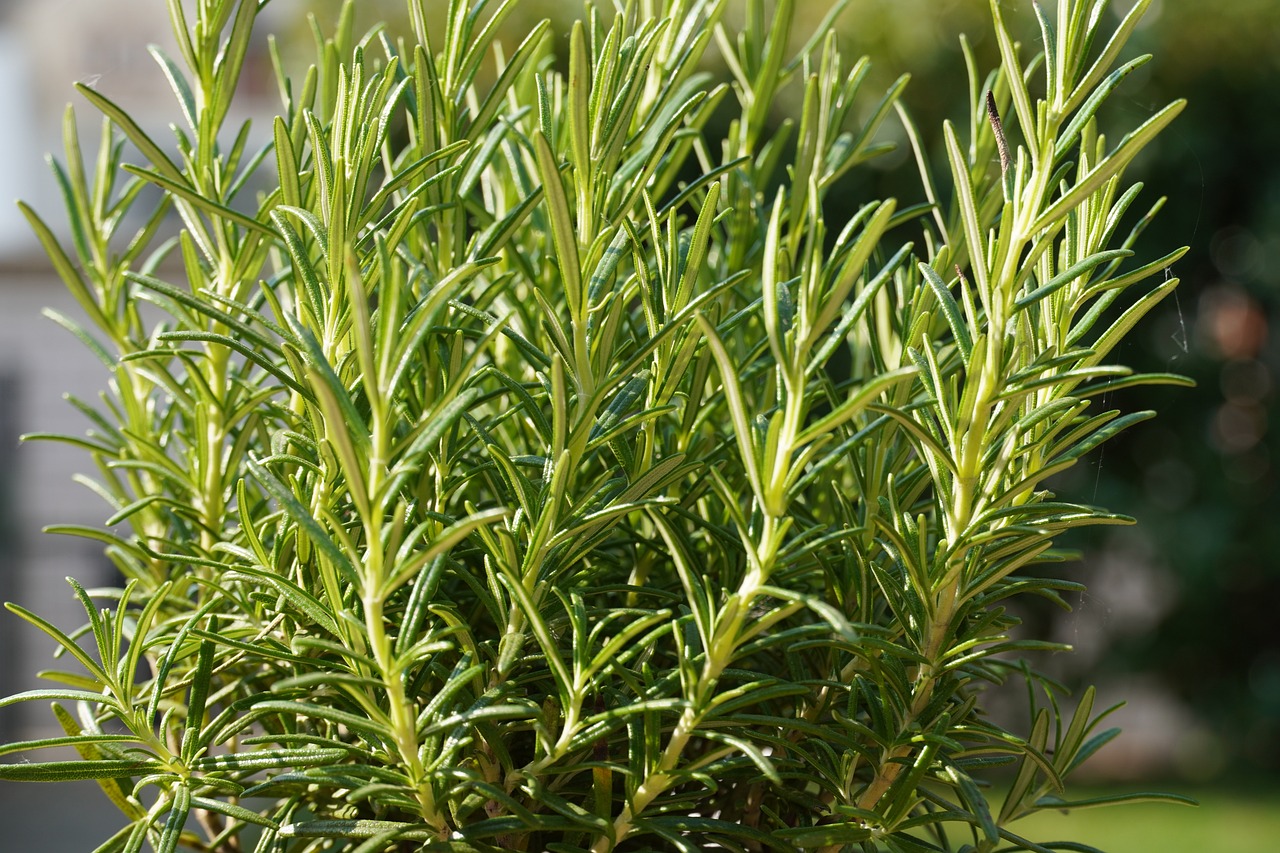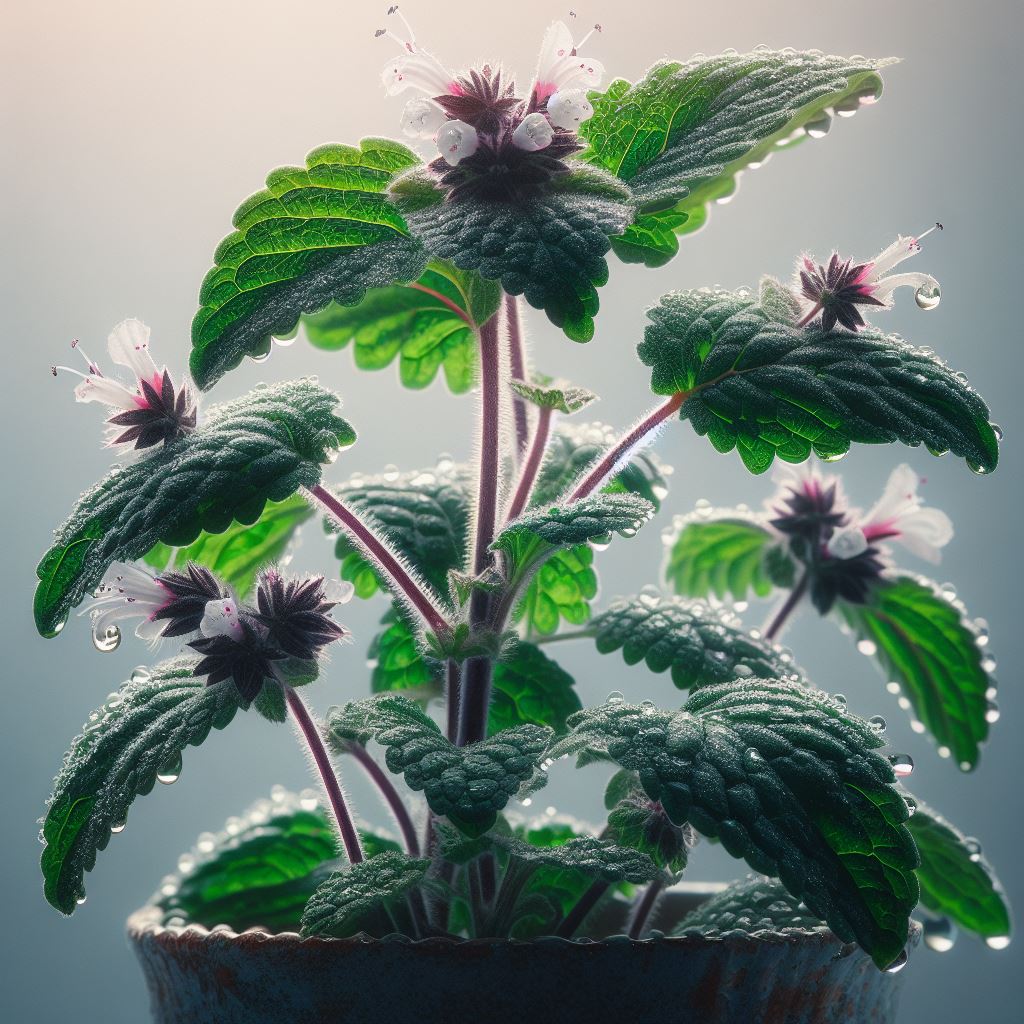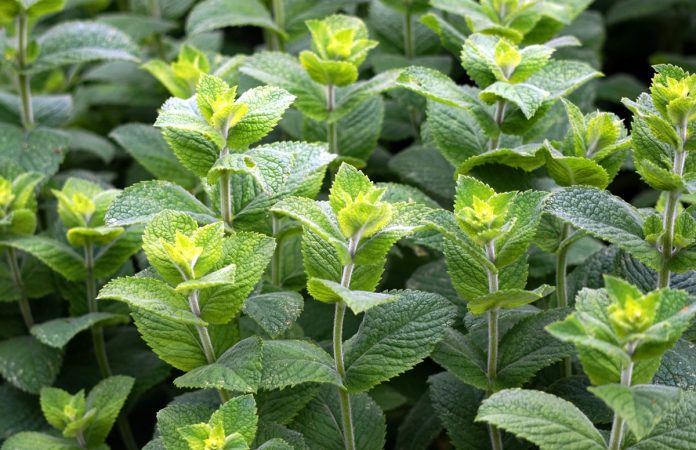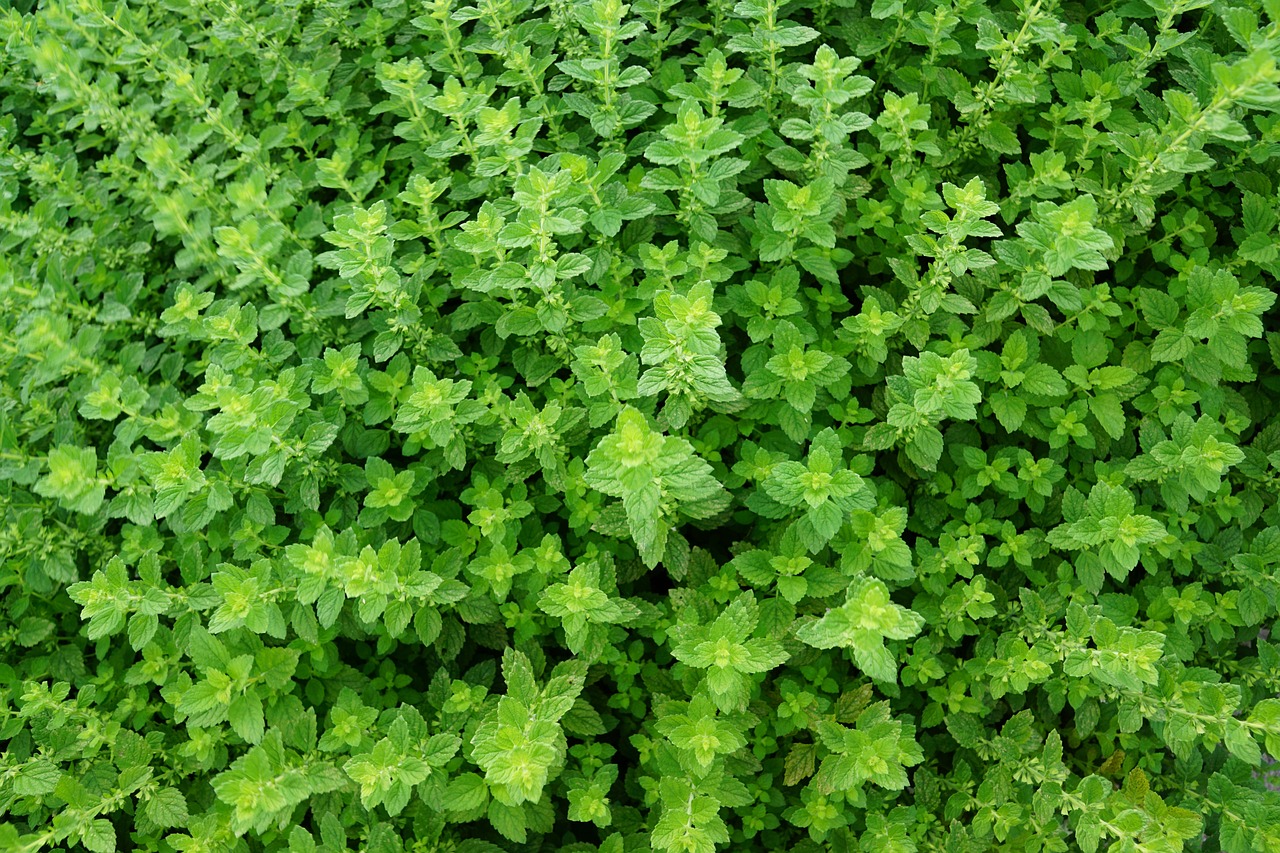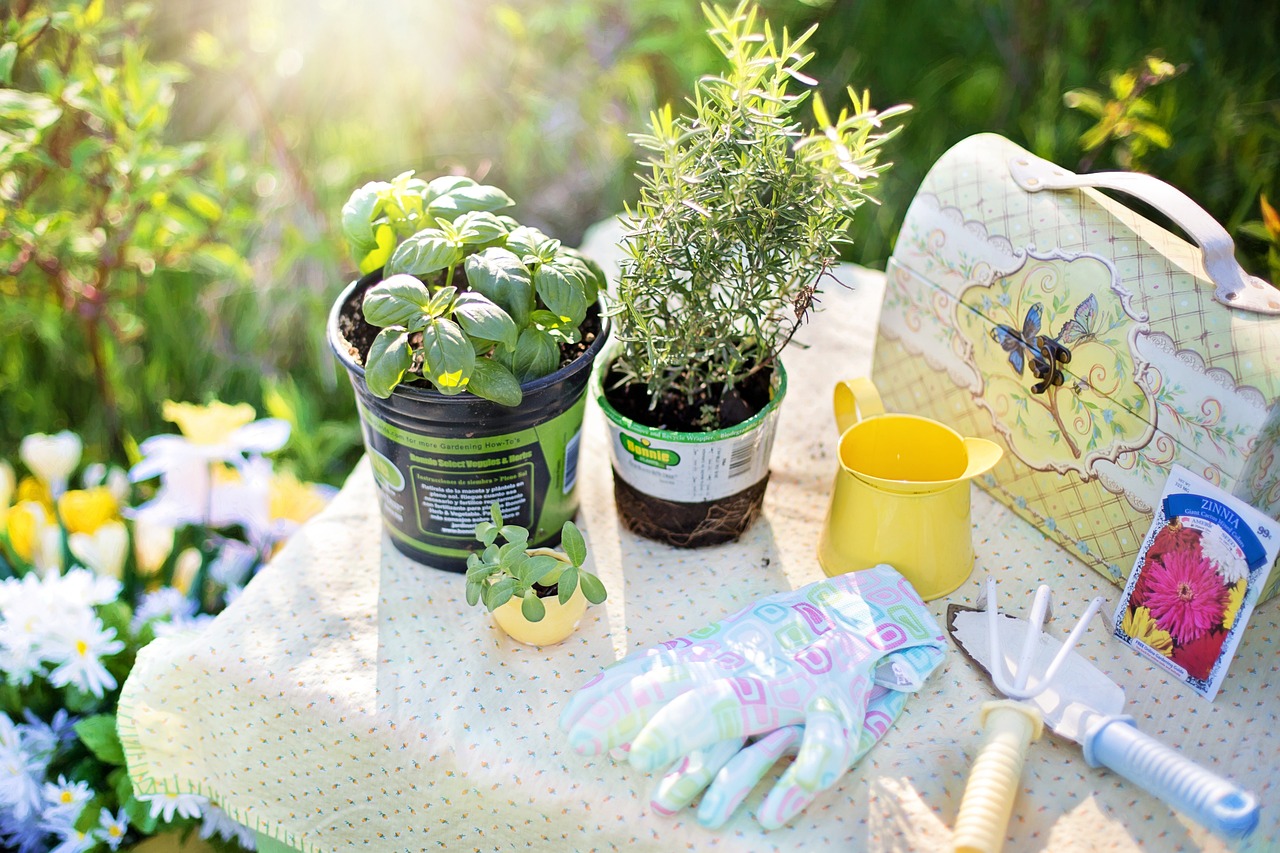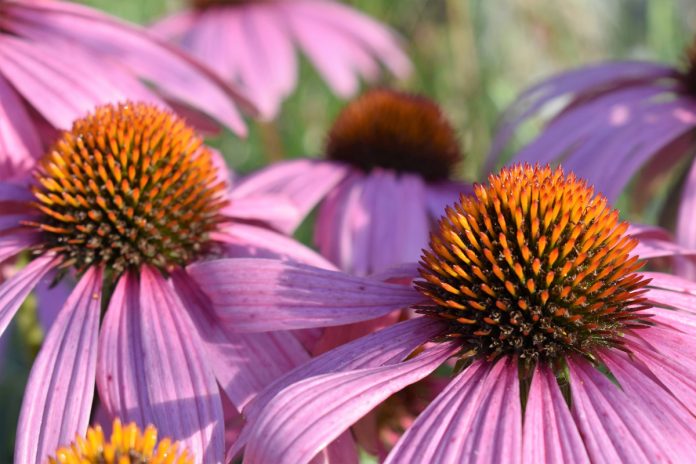Bay, Sweet Bay, Laurel
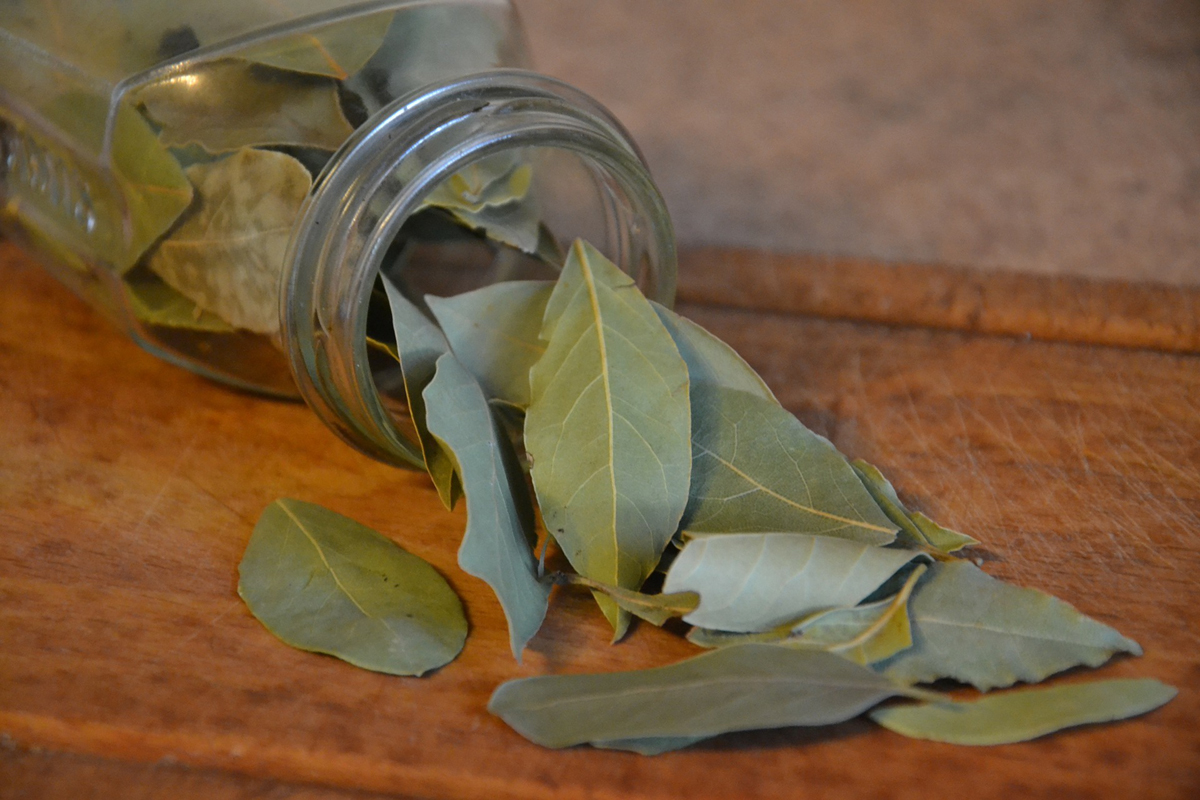
Bay, Sweet Bay, Laurel
Ocymum barilicum (Labiatae)
Appearance:
Bright green smooth leaves, punctuated by lovely fluffy-faced beige-yellow flowers at midsummer, make the bay easy to identify amongst the herb garden plants. lt is vital not to confuse it with cherry laurel – Prunus lauroceracus – which produces prussic acid.
Description:
Of Mediterranean origin, the bay is an evergreen tree, It is usually grown as a bush, and it hates the cold. For this reason alone it has come to be cultivated habitually in large containers – often on wheels to move into shelter. Its branches may be trimmed tc size and into formal shapes. It decorates porches, yards and balconies, and can be moved into shelter if necessary in the winter. In warmer districts it is a good plant to grow as the surrounding hedge to the herb garden. The height and shape of the hedge, or of individual bushes, can be controlled by clipping and pruning. Be careful when planting in the open. The bay can become a large tree and should be planted well away from the house.
Usage:
In the kitchen a crushed leaf of bay may be added to prepared meats, stuffings, casseroles and chowders. It is one of the essential ingredients of bouquet garni, with the companionship of parsley and thyme. Bay is one of the very few herb garden plants which is not used fresh as the flavor can be far too pungent. However, many people use fresh bay in curries as they are already strongly flavored.
History:
Bay, or sweet bay (the latter name being preferred in America) are highly esteemed herb garden plants. In classical times heroes and poets were adorned with garlands of bay leaves. The Latin name of the plant is honored to this day in the title Poet Laureate. Also laurel wreath honoring heroes.
Cultivation:
Cuttings taken with a heel in early summer (when the new spring growth has hardened a little) and trimmed to about 10-15 cms (4-6 ins) long are the most reliable method of propagating these herb garden plants. lnsert them in pans or pots, potting up individually when the roots are established, and keep them this way for a year or so before planting out. You may also want to try layering of established plants in summer as an alternative method of propagation. Once plants are established spraying with a fine spray keeps the leaves shiny, clean and attractive.
Harvesting:
Several sprigs cut from these herb garden plants just before the flowers bloom, tied together and hung in a warm, dust-free place will provide the cook with convenient leaves of bay for culinary flavoring.
The Author:
Pete Steel has grown herbs for 25 years in several different climates and soils.

